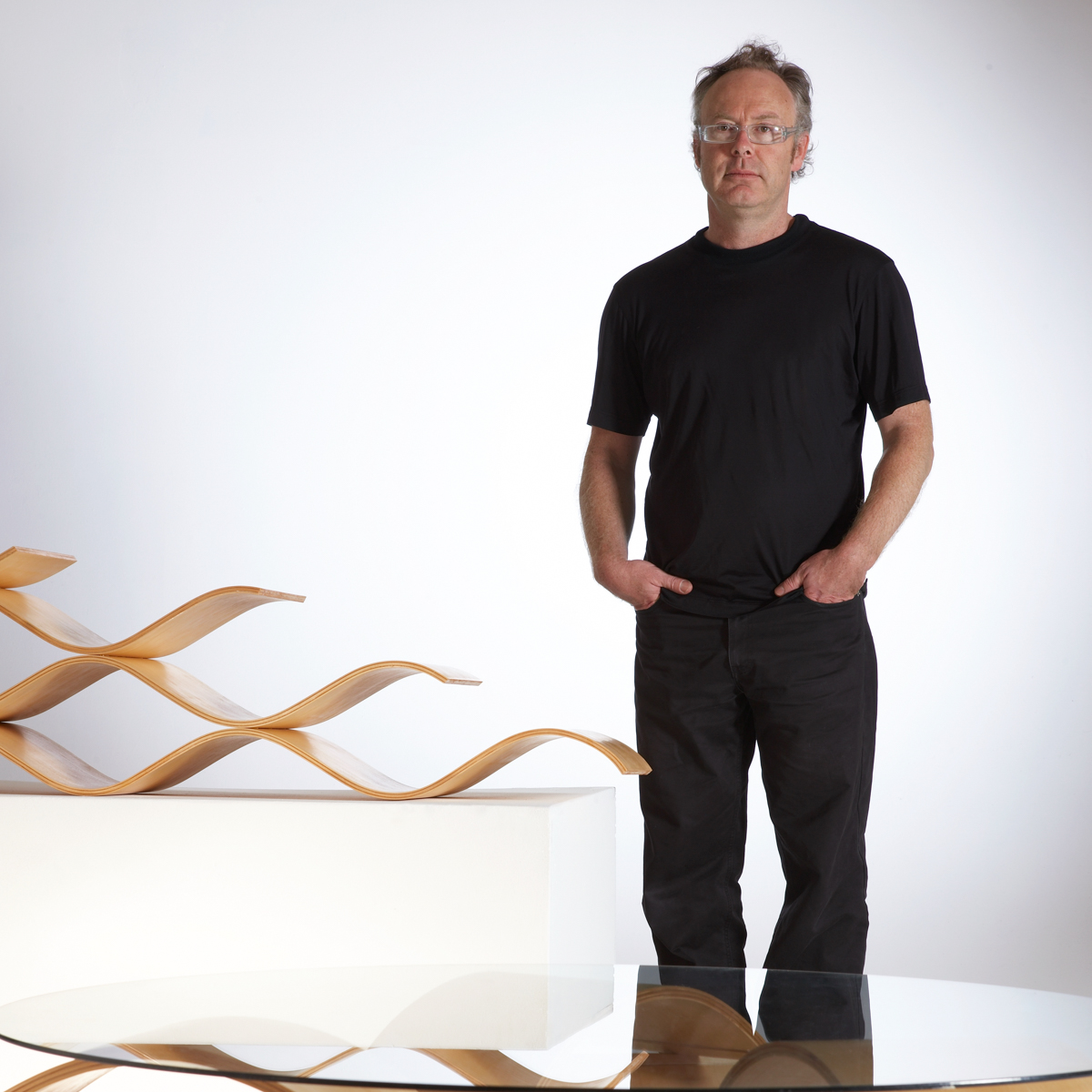
Photo: Supplied
Mark is a graduate of Sydney College of the Arts, AFTRS and the Jam Factory Centre for Craft and Design. A Masters from COFA brought things together into a multi layered studio of art craft and design operating out of Among The Trees in Marrickville. He is currently studying Conservation and Ecosystem Management has lead to an exploration of cross species design. A way of responding to habitat loss in our urban environments.
I place an emphasis on recycled building timber recalling the materials’ forgotten origins in nature. Over time, my practice has formed partnerships with ecologists, artists, builders and communities. Process is collaborative and interdisciplinary, Whatever we build should nurture place and community.
What can we expect from your artwork?
An exploration of blackened trees.
This is not where we are conditioned to look for beauty, but beauty is there in the sepia palette and sculptural forms with their markings and hollows. There is also function in these trees, providing homes, renewal and regrowth. This work explores the intrinsic value of these trees for sustaining new life as well as for their own sake and beauty.
This has led to the work becoming a sculptural wildlife habitat.
Blackened Tree recognises the importance of the GreenWay as a wildlife corridor and will, over time, support connection in the Inner West community of people, fauna and flora. A project that explores an Australian aesthetic of blackened trees with the concept of incorporating diverse wildlife habitats into our built environment
What does it mean for you to create work along the GreenWay?
Being selected has firstly reinforced my connection to the Inner West and it is an opportunity to play a part in a project that physically expresses that community connection.
That connection is not only people, the GreenWay also connects habitat fragments and help stop urban species from being marooned in small patches. It is exciting for my practice to make a contribution to all these community connections. To the fauna, flora as well as the people of the Inner West.
How would you describe your artwork in three words?
Nature. Place. Community.
How can we learn more about you and your practice?
You can find me online on markoryan.blogspot.com or on Instagram, at @markoryan1.